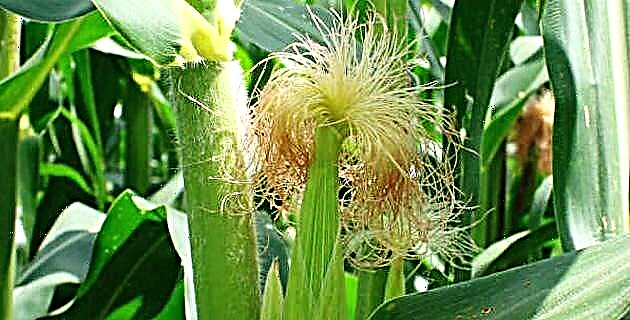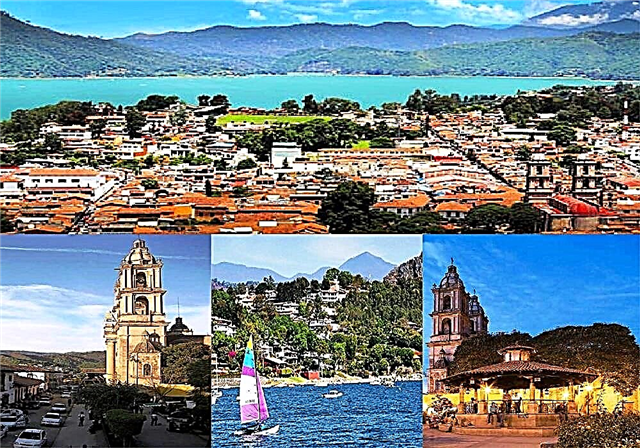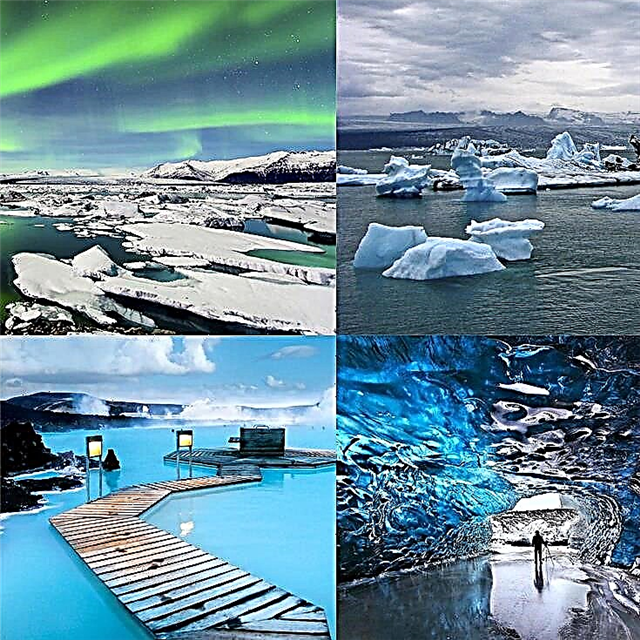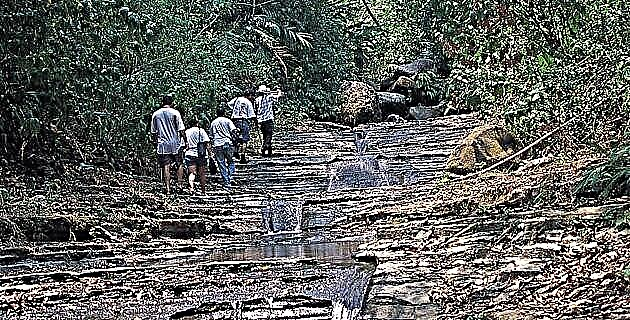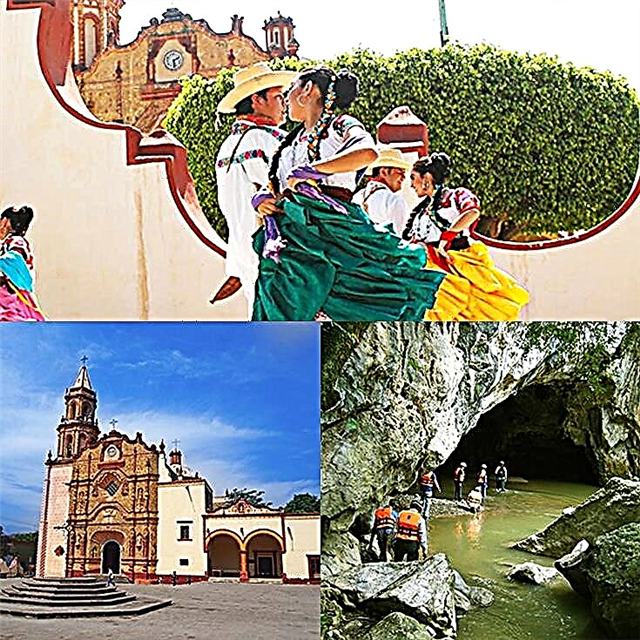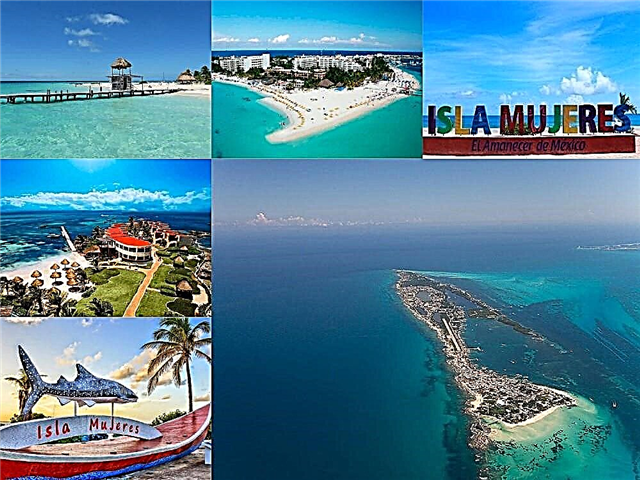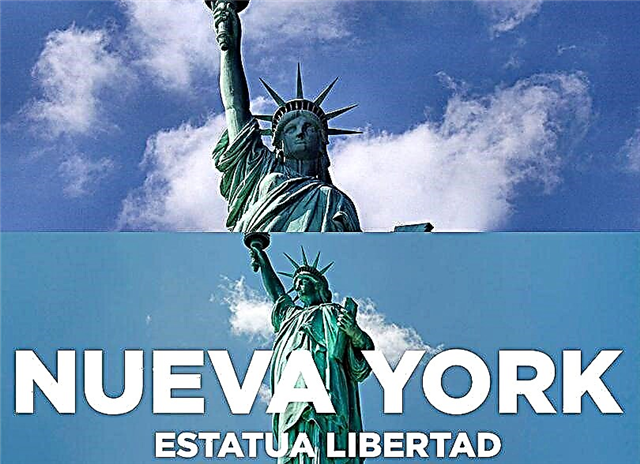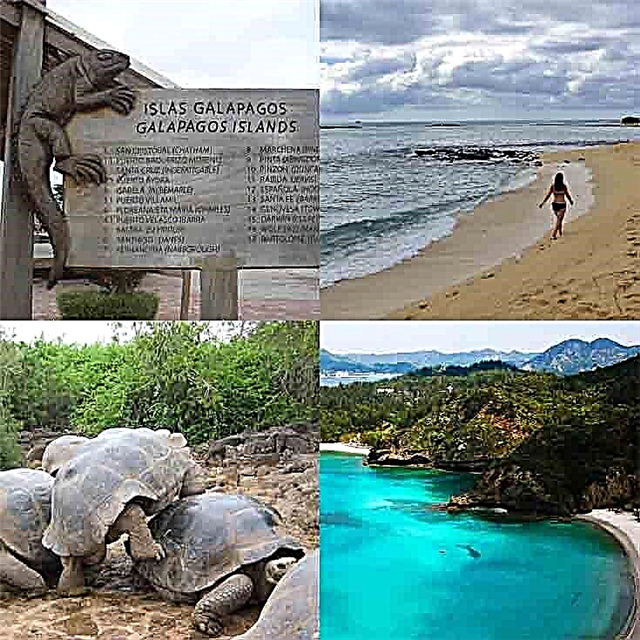The Galapagos Islands are a territory to immerse yourself in the most unusual of planetary biodiversity. Do not stop doing these 15 things in the wonderful Ecuadorian archipelago.
1. Dive and surf on Santa Cruz Island

This island named in honor of the Christian cross is the seat of the largest human conglomerate in the Galapagos and home to Darwin Station, the main research center on the islands. It also houses the central dependencies of the Galapagos Islands National Park.
Santa Cruz Island has formidable populations of turtles, flamingos and iguanas, and offers attractive places for surfing and diving.
In the mangrove near the spectacular beach of Tortuga Bay you can swim watching turtles, marine iguanas, multicolored crabs and reef sharks.
2. Meet the Charles Darwin Research Station
The station was in the world foreground as a result of the vital odyssey of the Solitaire George, the last specimen of the Giant Pinta Tortoise, which stubbornly refused to mate with other species for 40 years, until it died in 2012, becoming extinct.
A young English naturalist named Charles Darwin spent more than 3 years on land in the Galapagos Islands, on the second voyage of the HMS Beagle, and his observations would be fundamental to his revolutionary Theory of Evolution.

Currently, the Darwin Station, on Santa Cruz Island, is the main biological research center of the Galapagos Islands.
3. Remember the pioneers on Floreana Island

In 1832, during the first government of Juan José Flores, Ecuador annexed the Galapagos Islands and the sixth island in size was named in honor of the president, although it is also named Santa María, in memory of Columbus's caravel.
It was the first island to be inhabited, by a daring German, emulus of Robinson crusoe. Over time, a small conglomerate was formed in front of the Post Office Bay, so called because the pioneers received and delivered the correspondence by means of a barrel pulled alternately from land and from ships.
It has beautiful populations of pink flamingos and sea turtles. In the Corona del Diablo, the cone of a submerged volcano, there are coral reefs with a rich biodiversity.
4. Observe iguanas on Baltra Island

The British Navy officer, Lord Hugh Seymour, who died in 1801, named an island of 27 square km Baltra, but the origin of the name was taken to his grave. Baltra is also called South Seymour.
In Baltra is the main airport of the Galapagos, built by the US during World War II to ensure that German ships did not make a long detour to attack the west coast of the country.
Now the airport is used by tourists, who can see impressive land iguanas in Baltra.
Baltra is separated only 150 meters from Santa Cruz Island, by a channel of clear waters through which tourist boats circulate among sea lions.
5. Admire the flightless cormorant at Fernandina
The island that celebrates the Spanish monarch Fernando el Catolico is the third largest and is an active volcano. In 2009, the 1,494-meter-high volcano erupted, emitting ash, steam and lava, which ran down its slopes and into the sea.
On the island there is a strip of land that reaches the sea called Punta Espinoza, where marine iguanas gather in large colonies.
Fernandina is the habitat of the rare flightless cormorant or cormorant of the Galapagos, an unusual animal that only lives on the islands and is the only one of its kind that lost the ability to fly.
6. Stand on the very equator of the Earth on Isabela Island
Isabel la Católica also has its island, by far the largest in the archipelago, with 4,588 square km, representing 60% of the entire territory of the Galapagos.
It is made up of 6 volcanoes, 5 of them active, which seem to form a single mass. The highest volcano in the archipelago, Wolf, is 1,707 meters above sea level.
Isabela is the only island in the archipelago that is crossed by the imaginary equatorial line or parallel "zero degrees" of latitude.
Among its more than two thousand human inhabitants live cormorants, frigates with a showy red breast, boobies, canaries, Galapagos hawks, Galapagos pigeons, finches, flamingos, turtles and land iguanas.
Isabela was a harsh criminal and that time is remembered with the Wall of Tears, a wall built by the prisoners.
7. See the only seagull that hunts at night on Genovesa Island
The names of the Galapagos Islands are related to the great characters in the history of overseas travel and this island honors the Italian city where Columbus was supposedly born.
It has a crater in the center of which is Lake Arturo, with salt water. It is the island with the largest population of birds, also being called the "Island of the Birds".
From a plateau called El Barranco, you can see red-footed boobies, masked boobies, lava gulls, swallows, Darwin's finches, petrels, pigeons and the amazing earwig gull, unique with nocturnal hunting habits.
8. Surprise yourself with a piece of Mars on Earth in Rabida Island
The Monastery of La Rábida, in Palos de la Frontera, Huelva, was the place where Columbus stayed to plan his first trip to the New World, hence the name of this island.
It is an active volcano, less than 5 square km in area, and the high content of iron in the lava gives the island its peculiar reddish color, as if it were a paradisiacal piece of Mars on Earth.
Even in the remote Galapagos Islands, located almost a thousand km from continental America, there are invasive species that endanger the rest of the biodiversity.
On Rabida Island, a species of goat had to be eradicated, responsible for the extinction of rice rats, iguanas and geckos.
9. Admire the Arch on Darwin Island

This little island of little more than a square km is the end of a submerged and extinct volcano, which rises 165 meters above the water.
Less than a km from the insular coast there is a rocky structure called the Darwin Arch, reminiscent of the Arch of Los Cabos in Baja California Sur.
It is a place frequented by divers, given its rich marine life, with dense schools of fish, sea turtles, dolphins and manta rays. Its waters also attract the whale shark and the black tip.
Darwin Island is also the habitat of seals, frigates, boobies, furriers, marine iguanas, earwig gulls and sea lions.
10. Take a photo of The Pinnacle on Bartolomé Island
The island owes its name to Sir James Sulivan Bartholomew, a British Navy officer, a close friend and companion of Darwin on his scientific adventure in the Galapagos.
Although it is only 1.2 square km, it is home to one of the most representative natural monuments of the Galapagos Islands, El Pinnacle Rock, a triangular structure that is what remains of an ancient volcanic cone.
On Bartolomé Island there is a large colony of the Galapagos penguin and divers and snorkelers swim in their company. Another attraction of this island is the varied colors of its soils, with red, orange, black and green tones.
11. Observe the biodiversity of North Seymour Island

This 1.9 square km island arose as a result of the rise of lava from an underwater volcano. It has an airstrip that crosses it in almost its entire length.
The main species of its fauna are the blue-footed booby, earwig gulls, land iguanas, sea lions and frigates.
Land iguanas are descended from specimens brought in the 1930s from Baltra Island by Captain G. Allan Hancock.
12. Swim in Isla Santiago

It was baptized in honor of the patron apostle of Spain and is also called San Salvador, after the name given by Columbus to the first place he arrived in America.
It is the fourth in size among the islands of the archipelago and its topography is dominated by a volcanic dome with small cones around it.
One of its most interesting places is Sullivan Bay, with curious rock formations of great geological interest and areas for swimming and diving.
13. Stop at the place where Darwin arrived on San Cristóbal Island
San Cristóbal has its island in the Galapagos for being the patron of travelers and sailors. It is the fifth in size, with 558 square km and in it is Puerto Baquerizo Moreno, a city of about 6 thousand inhabitants that is the capital of the archipelago.
In a crater it houses the Laguna del Junco, the largest body of fresh water in the Galapagos. On this island is the first point of land that Darwin stepped on in his famous trip and a monument remembers it.

Apart from its rich biodiversity, the island has citrus and coffee plantations. In addition, it is a lobster center.
14. Get to know the terroir of Solitaire George in Isla Pinta
It is this island named after a caravel was discovered in 1971 on Solitaire George, when it was already thought that their species had become extinct.
It is the northernmost island of the Galapagos and has an area of 60 square km. It was home to a large population of turtles, which was affected by intense volcanic activity.
Currently living on Isla Pinta are marine iguanas, fur seals, earwig gulls, hawks and other birds and mammals.
15. Find out about the greatest mystery of the archipelago in Isla Marchena
Named in honor of Antonio de Marchena, friar of La Rabida and great confidant and supporter of Columbus. It is the seventh island in size and a paradise for divers.
One would not expect to encounter an "urban legend" in the Galapagos, but this island was the scene of the greatest mystery in the history of the islands.
In the late 1920s, Eloise Wehrborn, an Austrian woman nicknamed the Empress of the Galapagos, lived on Floreana Island.
Eloise had several lovers, including a German named Rudolf Lorenz. Eloise and another lover are suspected of having Lorenz murdered, escaping without a trace. Lorenz's body was found astonishingly mummified on Isla Marchena. The cold and volcanic ash favored mummification.

